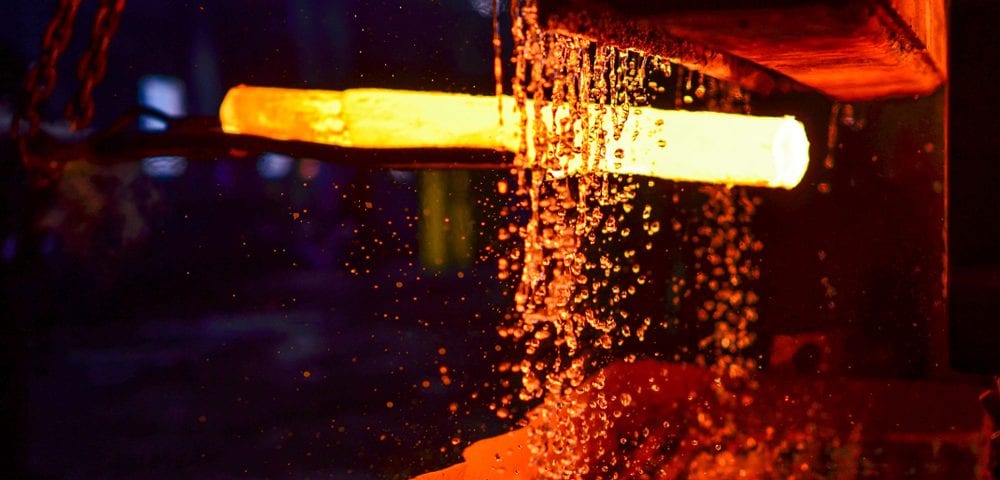Metal Case Hardening Process and Uses, Part 2

Metal Case Hardening Process and Uses, Part 1
June 12, 2020
Primer on Steel Pickling and Oiling Processes, Part 1
June 26, 2020In part one of this two-part blog series, we went over some of the basics of the steel and metal case hardening process. Case hardening is used to increase the hardness of a given metal exterior while keeping the interior relatively ductile, and is common in several major applications.
At Wasatch Steel, we’re happy to discuss hardening properties and any other needs with our clients as we source a huge variety of steel sheet, steel pipe and various other steel products for them. What kinds of properties does case hardening create in steel, and which processes might be used for this process? We’ll answer those questions and more in part two of our series.
Properties of Case-Hardened Steel
When steel products are put through the case hardening process, as we touched on in part one, their exterior casing becomes extremely hard and durable. This makes the entire piece more durable in multiple ways – not only can the exterior withstand greater impact, the interior core is able to absorb significantly more shock without cracking or other issues.
When steel has been case-hardened, it will resist abrasion, corrosion and standard forms of wear-and-tear. The same component without hardening, on the other hand, risks cracking, pitting and flaking due to impact or other exterior strain in many applications.
Case Hardening Methods
There are a few different methods used to perform case hardening on a given metal, including each of the following:
- Quenching: Popular for higher carbon steels or other heat-treatable metals, quenching is a process that also involves significant heating. Induction coils or an oxyfuel flame will be used to raise the metal’s temperature to a point where the microstructure begins to change, at which point the surface will be rapidly cooled by placement into a quenching medium (usually brine, water, oil or even air). This cooling period will lead to the formation of martensite, which is extremely hard and protects the exterior.
- Nitriding: Metals are heated to a high temperature and then exposed to ammonia or other substances that carry nitrogen. This combination creates nitrides, which are extremely hard and resist abrasion. This process requires that the metal being hardened has elements that can form nitrides, such as chromium or molybdenum.
- Carburizing: When a metal, usually a steel alloy, is heated and then exposed to high amounts of carbon on the surface in the form of gas, liquid or solid (depending on the application). From here, this external carbon will form carbides with other steel elements, increasing hardness and wear resistance.
For more on the different processes used for case hardening of steel or other metal, or to learn about any of our steel products or steel services, speak to the staff at Wasatch Steel today.



